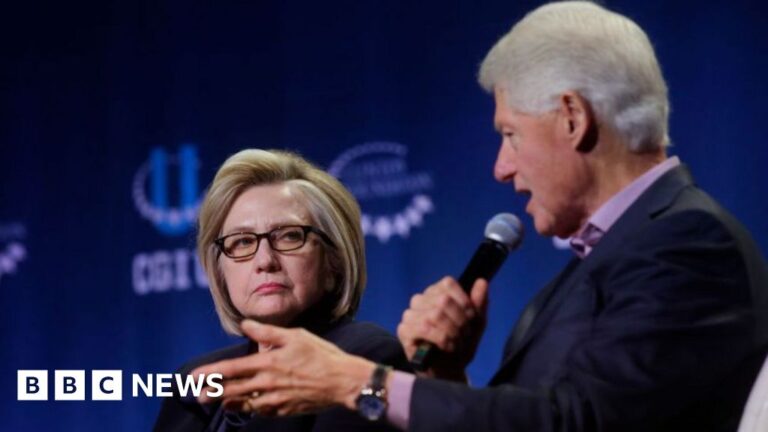 Getty Images
Getty ImagesParts of the Great Barrier Reef have suffered the largest annual decline in coral cover since records began nearly 40 years ago, according to a new report.
Northern and southern branches of the sprawling Australian reef both suffered their most widespread coral bleaching, the Australian Institute of Marine Science (AIMS) found.
Reefs have been battered in recent months by tropical cyclones and outbreaks of crown-of-thorns starfish that feast on coral, but heat stress driven by climate change is the predominant reason, AIMS said.
AIMS warns the habitat may reach a tipping point where coral cannot recover fast enough between catastrophic events and faces a “volatile” future.
AIMS surveyed the health of 124 coral reefs between August 2024 and May 2025. It has been performing surveys since 1986.
Often dubbed the world’s largest living structure, the Great Barrier Reef is a 2,300km (1,429-mile) expanse of tropical corals that houses a stunning array of biodiversity. Repeated bleaching events are turning vast swaths of once-vibrant coral white.
Australia’s second largest reef, Ningaloo – on Australia’s western coast – has also experienced repeated bleaching, and this year both major reefs simultaneously turned white for the first time ever.
Coral is vital to the planet. Nicknamed the sea’s architect, it builds vast structures that house an estimated 25% of all marine species.
Bleaching happens when coral gets stressed and turns white because the water it lives in is too hot.
 Getty Images
Getty ImagesStressed coral will probably die if it experiences temperatures 1C (1.8F) above its thermal limit for two months. If waters are 2C higher, it can survive around one month.
Unusually warm tropical waters triggered widespread coral bleaching on the Great Barrier Reef in 2024 and in the first few months of 2025, the sixth such event since 2016.
As well as climate change, natural weather patterns like El Niño can also play a role in mass bleaching events.
The reef has “experienced unprecedented levels of heat stress, which caused the most spatially extensive and severe bleaching recorded to date,” the report found.
Any recovery could take years and was dependent on future coral reproduction and minimal environmental disturbance, according to the report.
In the latest AIMS survey results, the most affected coral species were the Acropora, which are susceptible to heat stress and a favoured food of the crown-of-thorns starfish.
“These corals are the fastest to grow and are the first to go,” AIMS research lead Dr Mike Emslie told ABC News.
“The Great Barrier Reef is such a beautiful, iconic place, it’s really, really worth fighting for. And if we can give it a chance, it’s shown an inherent ability to recover,” he said.
There has been some success with the Australian government’s crown-of-thorns starfish culling programme, which has killed over 50,000 starfish by injecting them with vinegar or ox bile.
“Due to crown-of-thorns starfish control activities, there were no potential, established, or severe outbreaks of crown-of-thorns starfish recorded on Central GBR reefs in 2025,” the AIMS report noted.
The creatures are native to the Great Barrier Reef and are capable of eating vast amounts of coral. But since the 1960s their numbers have increased significantly, with nutrients from land-based agriculture run-off regarded as the most likely cause.
Richard Leck from the global environmental charity WWF said the report shows that the reef is an “ecosystem under incredible stress” and scientists are concerned about what happens when “the reef does not keep bouncing back the way it has,” he told news agency AFP.
Leck said some coral reefs around the world are already beyond recovery, warning the Great Barrier Reef could suffer the same fate without ambitious and rapid climate action.
The Great Barrier Reef has been heritage-listed for over 40 years, but Unesco warns the Australian icon is “in danger” from warming seas and pollution.













